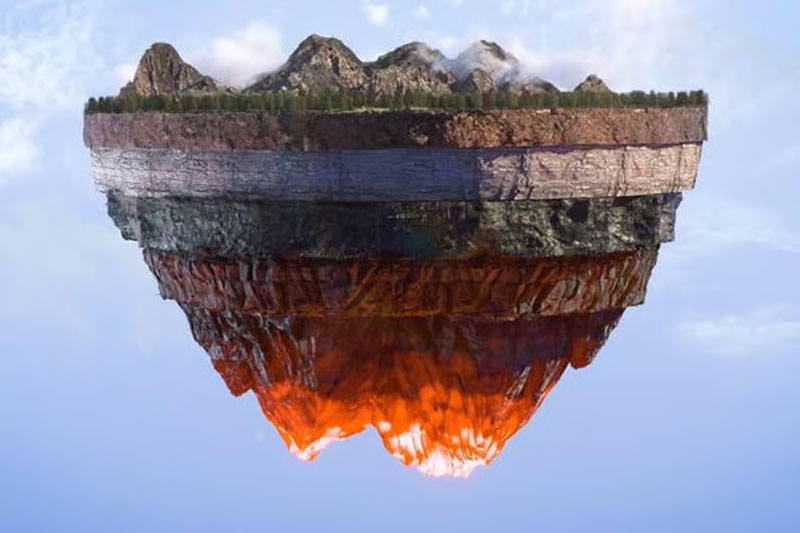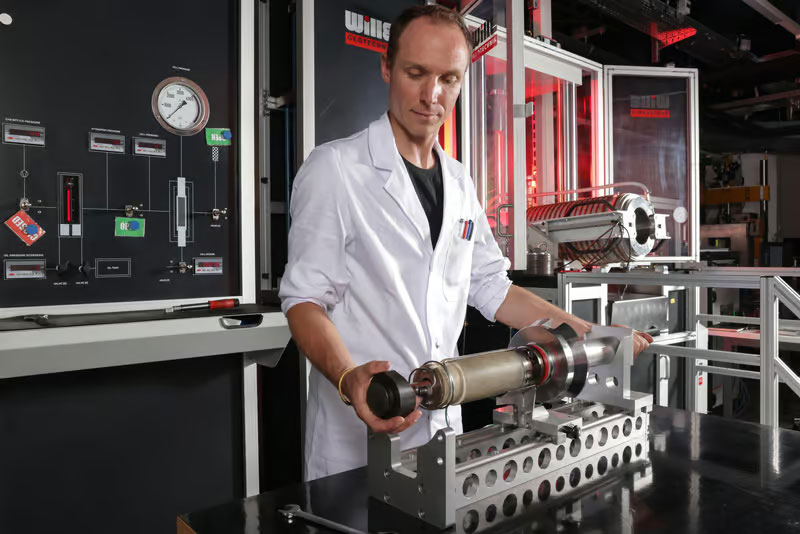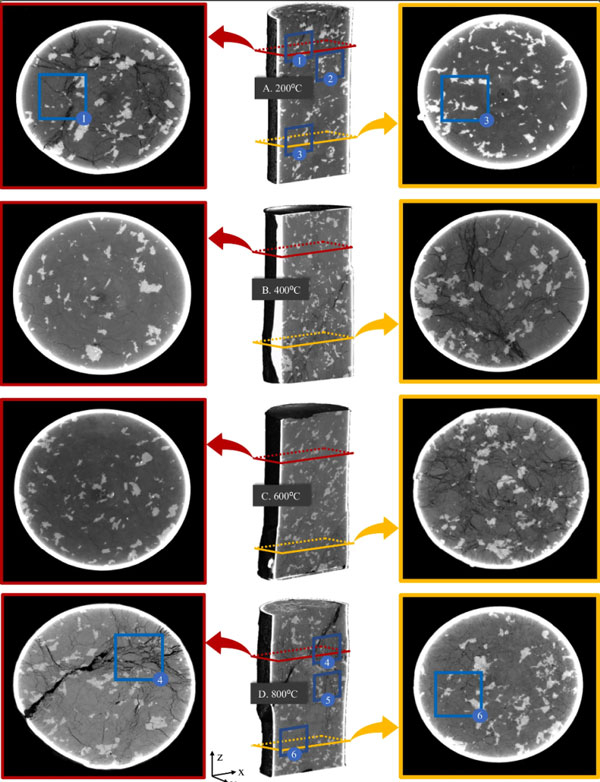As practice shows, geothermal energy can be drawn only to a certain depth and only in certain places. Physics and geological features prevent us from going deeper into the bowels of the Earth. The subsoil becomes plastic and flows, which eliminates the normal circulation of water as a carrier of energy. Scientists from Switzerland have made a discovery that gives hope for unlimited access to geothermal sources at extreme depths.

Image source: Quaise Energy
The oil and gas industry has long used a method of intensifying production such as hydraulic fracturing. But fracking only works if the rock remains capable of breaking down, forming cracks. If the rock behaves like plasticine, which happens as it gets deeper, then hydraulic fracturing becomes impossible. This means that it will be impossible to pump water into it and heat it to the temperature of the coolant.
Meanwhile, the subsoil can provide the heat necessary for the operation of a geothermal power plant almost everywhere, but only if the problem of pumping water at the target depth is solved. Modern geothermal power plants are built where the heat rises close enough to the surface or even escapes to the outside. These are areas with volcanic activity. The problem of obtaining conditionally endless clean energy should be solved in any corner of the planet, for example, on the site of an old coal power plant with all its electrical infrastructure, but today this is impossible.

Image source: EPFL
A group of scientists from the École Polytechnique Federale de Lausanne (EPFL) conducted simulated field experiments, studying how rock behaves at different depths and how deep hydraulic fracturing is possible. The researchers did not drill super-deep wells, which would be a scientific feat in itself. They recreated subsurface conditions at different depths in the laboratory, setting the appropriate pressure and temperature in the sample chamber. After exposing the samples to extreme conditions, scientists used instruments to study their internal structure.

Examination of samples using X-ray tomography
As it turned out, rocks even at great depths retain the ability to crack. They remain fragile enough for hydraulic fracturing technology to be used to higher temperatures than required for deep geothermal energy. To solve humanity’s energy problems, it is necessary to heat water to 400 °C, when the liquid begins to behave like a gas, remaining fluid. In laboratory experiments, scientists have proven that coolant can be pumped to depths with temperatures twice as high. Another thing is that there are no appropriate technologies and equipment yet. However, since this is possible in principle, breakthroughs in this direction are not far off.